THANK YOU FOR SUBSCRIBING

How Digitization Drives Better Manufacturing: Streamlining Asset Optimization And Sustainability
Janne Kuivalainen, Cto & Head Of Technology, Danfoss Drives

 Janne Kuivalainen, Cto & Head Of Technology, Danfoss Drives
Janne Kuivalainen, Cto & Head Of Technology, Danfoss DrivesBusiness requirements seem to be increasing all the time. Things must be digital, more data must be available, compliance is an increasingly multidimensional field and sustainability sets new requirements. But is it so? The matter can also be viewed from the opposite angle that new ways of acting can change operations in a fundamental way, thus achieving an increase in both productivity and efficiency.
Let me take an example from the frequency converter business: Frequency converters are used to control the speed and torque of electric motors. They also have numerous applications in electrification. With frequency converters considerable cost savings, productivity improvement, and reduction of C02 emissions are achieved when comparing to motors connected directly to the electrical grid. Nevertheless, only about 20% of electric motors are equipped with frequency converters.
These issues are also relevant to many other industrial control devices, components and systems – how widely are the best practices applied? And what role do digitalization and sustainability play in this and how do they relate to each other in the case of industrial control device asset optimization?
Asset Optimization – Performance By Simulation And Modelling:
Practically all new products are currently engineered using simulation and modeling tools. The digital twin is becoming de facto. However, the benefits of these models have been limited to the manufacturers’ own activities, but this is now -changing. There are models on the market that enable interoperability between different models and modeling environments.
Use cases vary and so do the benefits and approaches. In system projects, it is important to verify the configuration, in which case the models must support the level of the system’s operation and the effective parameterization. This enables virtual factory acceptance tests and commissioning simulation. The benefits are obvious in terms of time savings, cost of test arrangements, and the verification of the actual operation of the system before the physical implementation. Commissioning can take up to 25% of the project time, and most delays occur during this project phase.
The requirements of an OEM machine builder doing product development can be very demanding. In addition to the above, the simulation requirements of the system are also related to optimizing the performance of the devices. High-fidelity models enable assessing the overall performance of the whole system before using physical components, allowing simulation of diverse configurations, testing safety critical functionalities, avoiding unnecessary stress to the equipment, increased test coverage - and by cutting development, test time and cost at the same time. And use cases can also cover parts of the product certification and product validation.
Asset Optimization – Selection For The Best Use Of Capex And Opex:
Digitalization has also affected B2B purchasing behavior. Digital product information makes it possible to not only compare products but also optimize the selection. For example, when the data produced by the simulations is used to determine the performance and load profiles of the devices, in addition to other environmental variables, the selection of the devices can be made more precisely than before.
"Digital product information makes it possible to not only compare products but also optimize the selection"
Electricity consumption and the optimization of electrical energy losses are closely related to this multivariable optimization. The information provided by the simulations about the required operating points for the devices can be used to optimize the energy efficiency ratio. The same applies to non-linear loads, like variable frequency converters or rectifiers, in electric networks, where simulating the harmonic distortion caused by them both at the device and system level is important to control the topic and to optimize the energy efficiency. The final choice is the best business case and ROI when optimizing CAPEX and OPEX.
Asset Optimization – At Your Service:
The lifecycles of industrial investment goods are often long, and the failure rate of the equipment - low. This poses its own challenges for lifecycle management:How to maintain good responsiveness in case of rare faults and how to monitor the equipment’s condition cost-effectively? The connectivity of devices driven by digitization helps here, as do the effects of Moore’s law as an enabler for edge computing. Various remote monitoring applications, both integrated and open systems, enable quick response to troubleshoot and recover. In addition to this, condition-based monitoring applications, both device-level edge computing and cloud solutions, enable a new way for anticipating development of fault situations.
Sustainability In It:
Many drawings and blueprints can be kept in digital form throughout the entire lifecycle - from the selection and purchase of equipment to the optimization of use. When processes are changed to serve this data, errors can be reduced, and operations can be speeded up. But with the optimization made possible by digitalization, we can also have a significant impact on the achievement of ESG goals. Simulation and modeling help to optimize the results of production processes, and equipment choices can be optimized to maximally support the path towards net zero - to help the value chain with scope 1, 2 and 3 emissions. And when the devices are at service, we can optimize uptime.
It is excellent that business goals, digitalization and sustainability join hands and strengthen each other for a better tomorrow.
Read Also





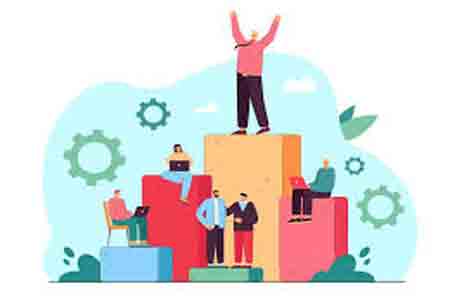
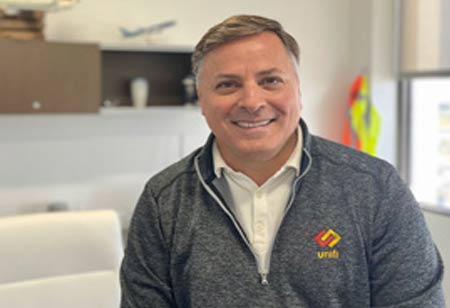
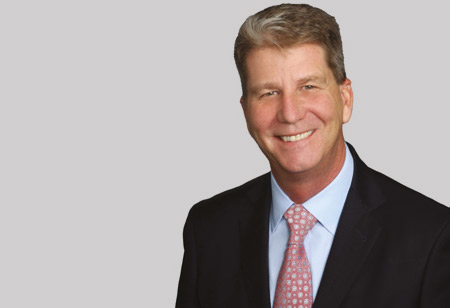
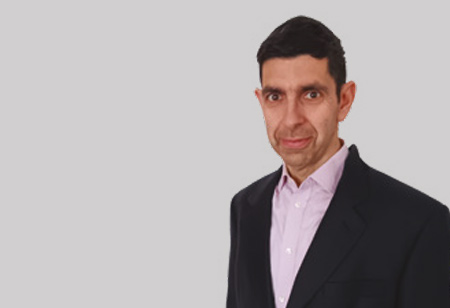
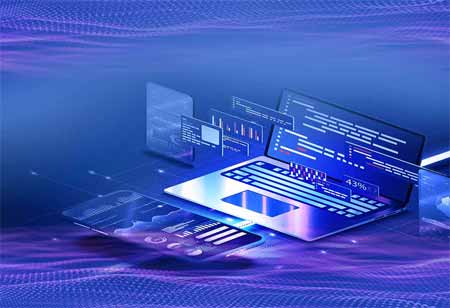
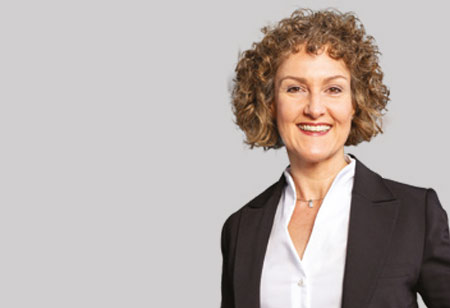
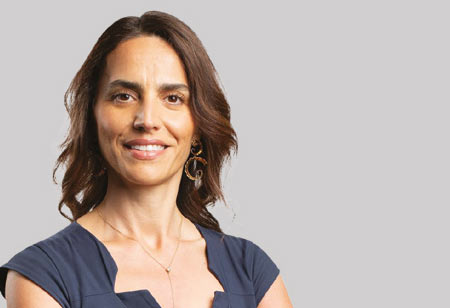










ON THE DECK